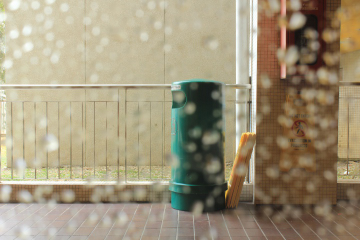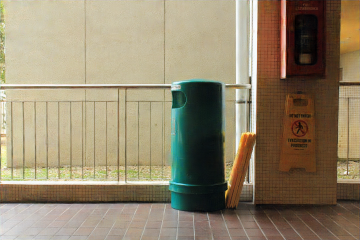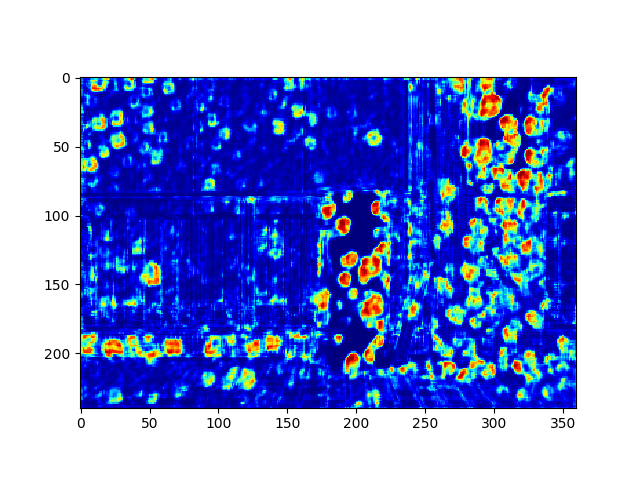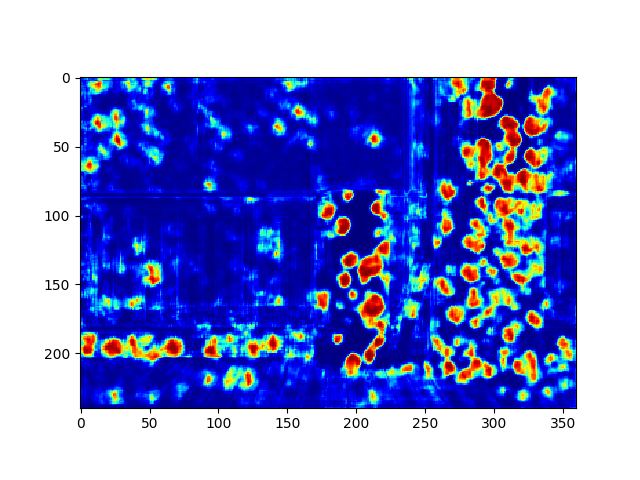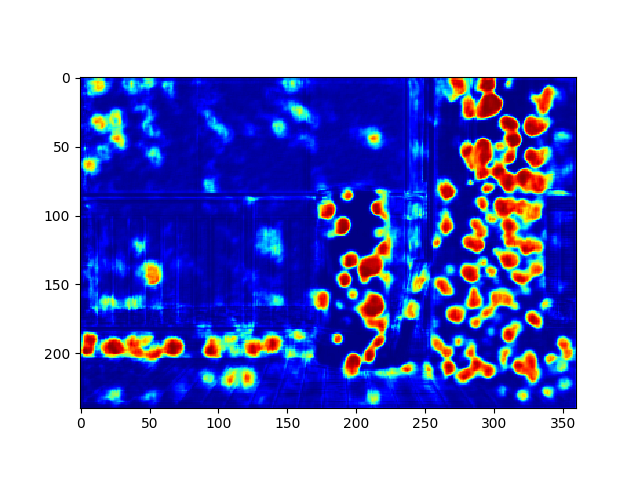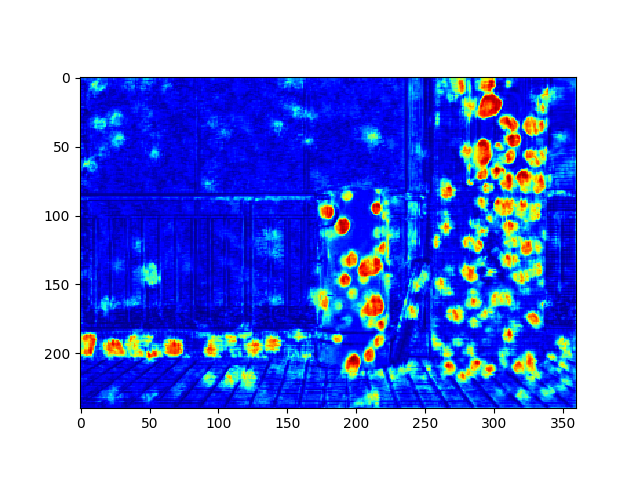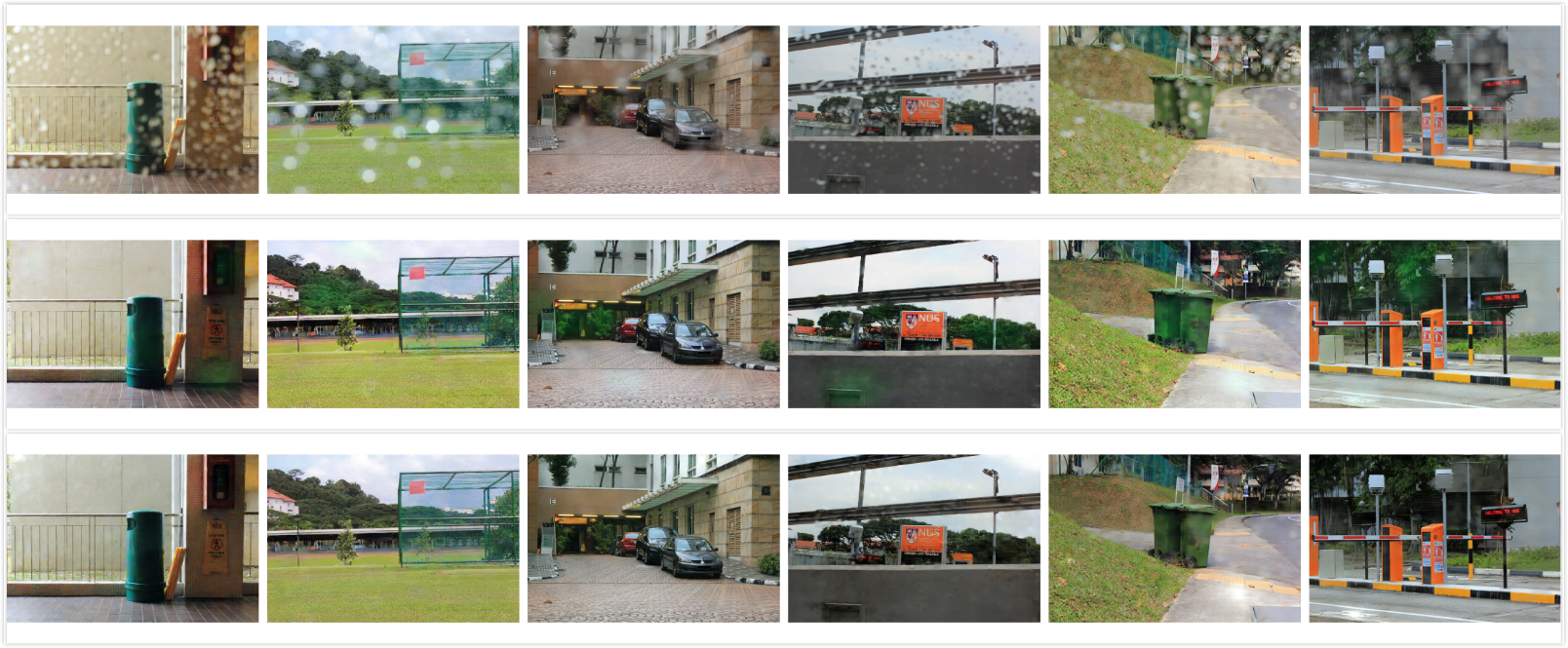Use tensorflow to implement a Deep Convolution Generative Adversarial Network for image derain task mainly based on the CVPR2018 paper "Attentive Generative Adversarial Network for Raindrop Removal from A Single Image".You can refer to their paper for details https://arxiv.org/abs/1711.10098. This model consists of a attentive attentive-recurrent network, a contextual autoencoder network and a discriminative network. Using convolution lstm unit to generate attention map which is used to help locating the rain drop, multi-scale losses and a perceptual loss to train the context autoencoder network. Thanks for the origin author Rui Qian
The main network architecture is as follows:
This software has only been tested on ubuntu 16.04(x64), python3.5, cuda-9.0, cudnn-7.0 with a GTX-1070 GPU. To install this software you need tensorflow 1.15.0 and other version of tensorflow has not been tested but I think it will be able to work properly in tensorflow above version 1.10. Other required package you may install them by
pip3 install -r requirements.txt
In this repo I uploaded a model trained on dataset provided by the origin author origin_dataset.
The trained derain net model weights files are stored in folder weights/
You can test a single image on the trained model as follows
cd REPO_ROOT_DIR
python tools/test_model.py --weights_path ./weights/derain_gan/derain_gan.ckpt-100000
--image_path ./data/test_data/test_1.png
The results are as follows:
Test Input Image
Test Derain result image
Test Attention Map at time 1
Test Attention Map at time 2
Test Attention Map at time 3
Test Attention Map at time 4
You need to organize your training examples. Put all of your rain images and clean images in two separate folders which are named after SOURCE_DATA_ROOT_DIR/rain_image and SOURCE_DATA_ROOT_DIR/clean_image. The rest of the preparation work will be done by running following script
cd PROJECT_ROOT_DIR
python data_provider/data_feed_pipline.py --dataset_dir SOURCE_DATA_ROOT_DIR
--tfrecords_dir TFRECORDS_SAVE_DIR
The training samples are consist of two components. A clean image free from rain drop label image and a origin image degraded by raindrops.
All your training image will be automatically scaled into the same scale according to the config file and will be converted into tensorflow records for efficient data feed pipline.
In my experiment the training epochs are 100010, batch size is 1, initialized learning rate is 0.002. About training parameters you can check the global_configuration/config.py for details.
You may call the following script to train your own model
cd REPO_ROOT_DIR
python tools/train_model.py --dataset_dir SOURCE_DATA_ROOT_DIR
You can also continue the training process from the snapshot by
cd REPO_ROOT_DIR
python tools/train_model.py --dataset_dir SOURCE_DATA_ROOT_DIR
--weights_path path/to/your/last/checkpoint
You may monitor the training process using tensorboard tools
During my experiment the G loss drops as follows:

The Image SSIM between generated image and clean label image raises as follows:

Please cite my repo attentive-gan-derainnet if you find it helps you.
The trained model can be convert into tensorflow saved model and tensorflow js model for web useage. If you want to convert the ckpt model into tensorflow saved model you may run following script
cd PROJECT_ROOT_DIR
python tools/export_tf_saved_model.py --export_dir ./weights/derain_gan_saved_model
--ckpt_path ./weights/derain_gan/derain_gan.ckpt-100000
If you want to convert into tensorflow js model you can modified the bash script and run it
cd PROJECT_ROOT_DIR
bash tools/convert_tfjs_model.sh
Several users find out the nan loss problem may occasionally happen in training process under tensorflow v1.3.0. I think it may be caused by the randomly parameter initialization problem. My solution is to kill the training process and restart it again to find a suitable initialized parameters. At the mean time I have found out that if you use the model under tensorflow v1.10.0 the nan loss problem will not happen. The reason may be the difference of parameter initialization function or the loss optimizer function between older tensorflow and newest tensorflow. If the nan loss problem still troubles you when training the model then upgrading your local tensorflow may be a nice option. Good luck on training process!
Thanks for the issues by Jay-Jia
Adjust the initialized learning rate and using exponential decay strategy to adjust the learning rate during training process. Using traditional image augmentation function including random crop and random flip to augment the training dataset which protomed the new model performance. I have uploaded a new tensorboard record file and you can check the image ssim to compare the two models. New model weights can be found under weights/new_model folder.
The first row is the source test image in folder ./data/test_data, the second row is the derain result generated by the old model and the last row is the derain result generated by the new model. As you can see the new model can recover more vivid details than the old model and I will upload a figure of ssim and psnr which will illustrate the new model's promotion.
Since the batch size is 1 during the training process so the batch normalization layer seems to be useless. All the bn layers were removed after the new updates. I have trained a new model based on the newest code and the new model will be placed in folder root_dir/weights/new_model and the model updated on 2018.10.12 will be placed in folder root_dir/weights/old_model. The new model can present more vivid details compared with the old model. The model's comparison result can be seen as follows.
The first row is the source test image in folder ./data/test_data, the second row is the derain result generated by the old model and the last row is the derain result generated by the new model. As you can see the new model perform much better than the old model.
Since the bn layer will leads to a unstable result the deeper attention map of the old model will not catch valid information which is supposed to guide the model to focus on the rain drop. The attention map's comparision result can be seen as follows.
Model attention map result comparision
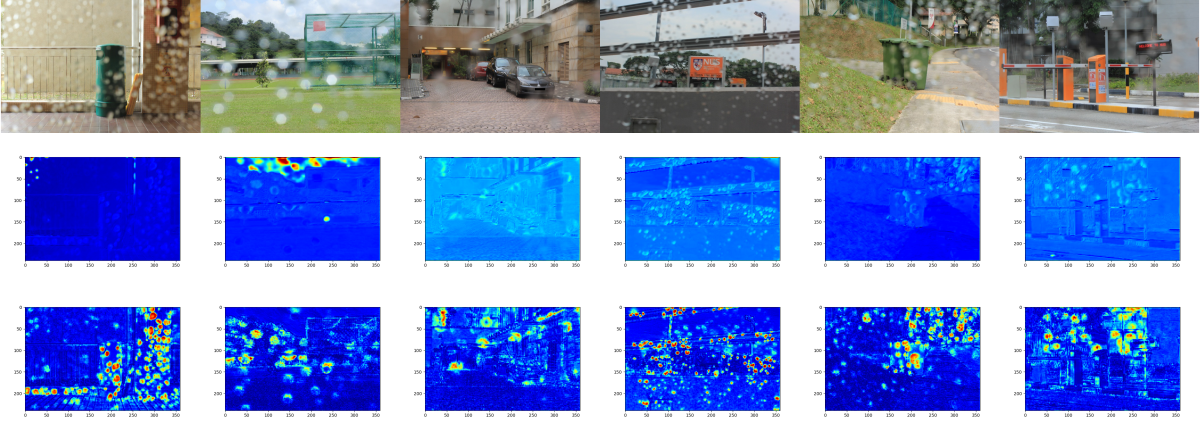
The first row is the source test image in folder ./data/test_data, the second row is the attention map 4 generated by the old model and the last row is the attention map 4 generated by the new model. As you can see the new model catch much more valid attention information than the old model.
- Parameter adjustment
- Test different loss function design
- Add tensorflow service

